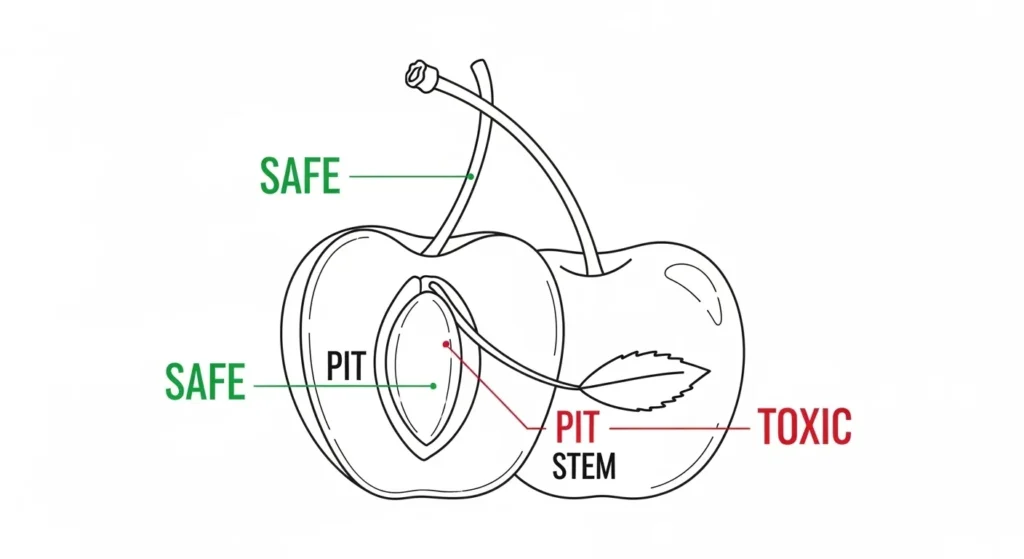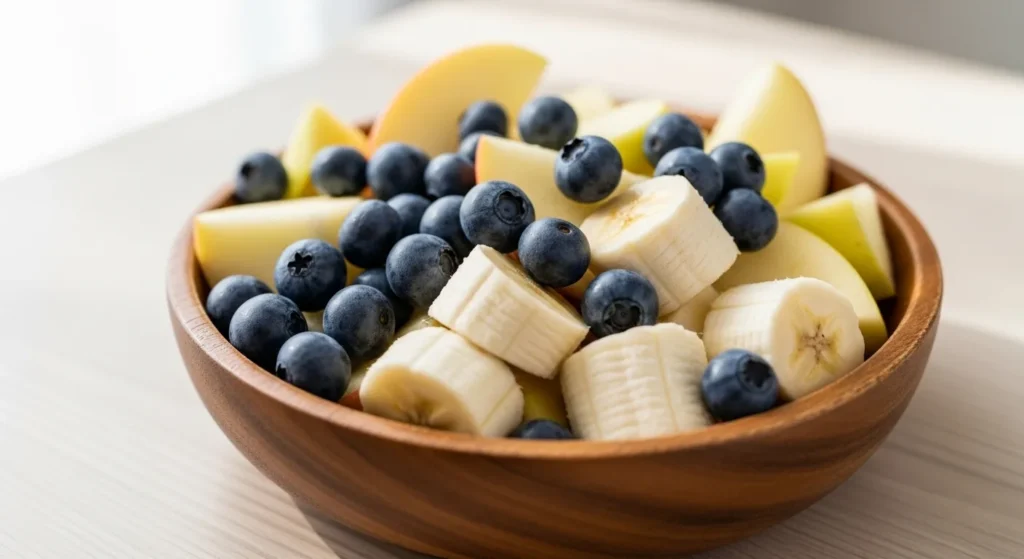Many dog owners wonder if cherries make a good treat. The answer depends on how you handle them. This guide covers the facts. It looks at safe ways to share cherries with your dog. You will learn about benefits, risks, and steps to take if something goes wrong. Always check with your vet before new foods.
Are Cherries Safe for Dogs?
Cherries come with parts that help and parts that harm. The flesh inside is okay for most dogs in small amounts. But the pit, stem, and leaves hold danger. These can release a poison called cyanide when chewed. Dogs should never get whole cherries. Remove those bad parts first.
Safe Parts of a Cherry
The red flesh offers some good things. It has vitamin C and fiber. These aid digestion and boost health. Antioxidants in the flesh fight swelling. Small bites can add variety to meals.
Parts to Avoid
Skip the pit. It blocks airways or guts. Stems and leaves add to the risk. They all have amygdalin. This turns to cyanide in the body. Even one pit can hurt small dogs.

Benefits of Cherries for Dogs
Fresh cherry flesh brings a few perks. It packs vitamin A and C. These support eyes and skin. Fiber helps with steady bowels. The water content keeps dogs hydrated in summer. Low fat makes it a light snack. But keep portions tiny. Too much sugar upsets stomachs.
Link to our pet food safety checker to test other treats.
Risks of Giving Cherries to Dogs
Wrong parts lead to big problems. Cyanide from pits causes fast trouble. Choking happens if dogs gulp whole fruit. Sugar in the flesh adds weight gain or tummy pain. Dogs with diabetes face worse odds. Watch for signs like heavy breath or red gums.
Cyanide Poisoning Signs
This hits quick. Look for fast breathing, wide eyes, or falls. Gums turn bright red. It starts in 15 minutes if chewed.
Choking or Blockage Issues
Pits stick in throats or bellies. Vomit comes first. Then no poop for days. Small dogs suffer more. Pain shows in whines or low energy.
Too Much Sugar Effects
Loose stool or gas follows big eats. Long term, it risks fat buildup.
For more on safe veggies, see our post on can dogs eat broccoli.

How to Prepare Cherries for Your Dog
Start with fresh ones. Wash under water. Cut off stems and leaves. Pit each cherry. Chop flesh into bits. Small dogs get one or two. Big ones up to five. Mix with kibble or yogurt. Freeze for cool chews. Never use canned types. They hold syrup and extras.
Use our pet symptom checker if issues pop up after.
Steps:
- Pick ripe, plain cherries.
- Rinse well.
- Remove all bad parts.
- Dice small to stop chokes.
- Give as 10% of daily eats max.
How Many Cherries Can a Dog Eat?
Size matters. A 10-pound pup takes one flesh piece. A 50-pound one gets three. Always less than 10% of calories. Once a week tops. Pups under six months skip them. Old dogs or sick ones ask vets first.
What If Your Dog Eats a Cherry Pit?
Act fast. Note how many and size of dog. Call your vet or poison line right away. Watch for breath trouble or vomit. Do not wait. Push water if no sick signs. For block, X-rays may need.
See our guide on can dogs eat watermelon for other fruit tips.

Better Fruit Choices for Dogs
Skip cherries if unsure. Try blueberries for antioxidants. Apple slices work without seeds. Bananas add potassium. Strawberries give vitamin C. Watermelon hydrates sans rind.
Check our full list in what fruits can dogs eat.
Common Questions About Dogs and Cherries
Are Cherry Pits Poisonous to Dogs?
Yes. They hold cyanide. One can block or poison small dogs.
Can Dogs Eat Maraschino Cherries?
No. Sugar and dyes harm. Stick to plain flesh.
What Fruits Can Dogs Eat Safely?
Blueberries, apples, bananas, and more. Use our pet food safety checker for checks.
Can Puppies Have Cherries?
Wait till older. Young tums can’t handle sugar.
For breed picks, try our pet breed finder quiz.
This guide keeps your dog safe. Share cherries smart. Vet input beats all.

